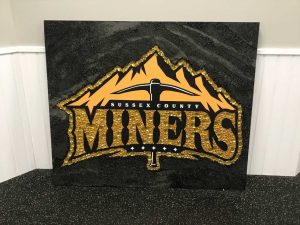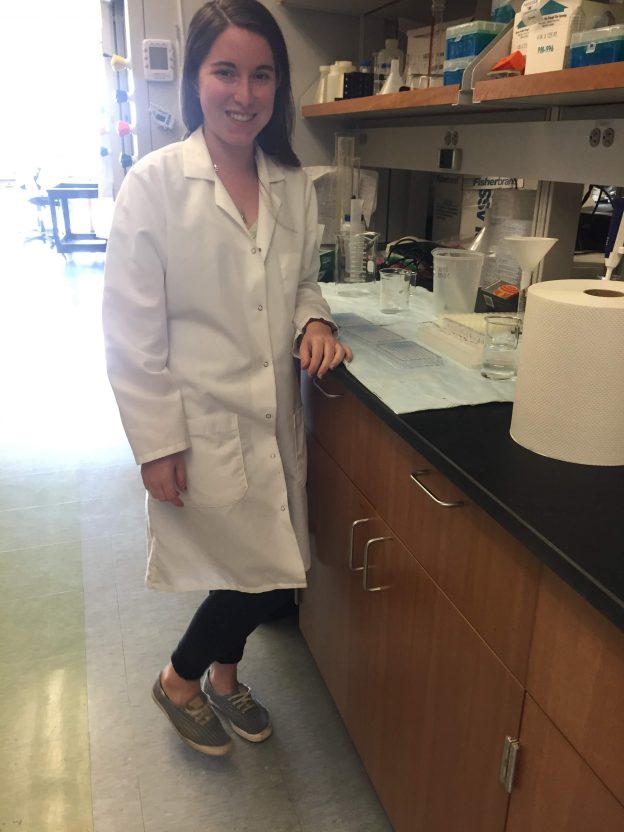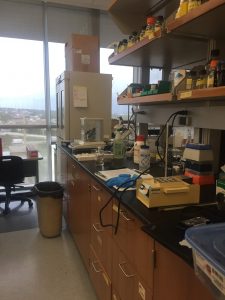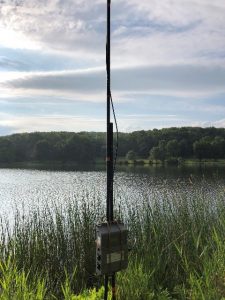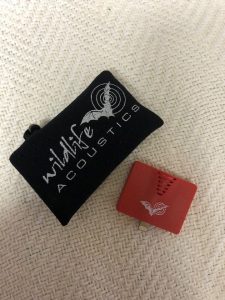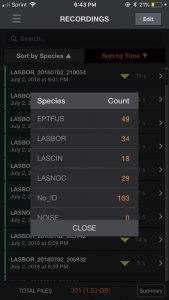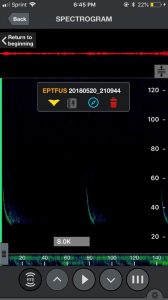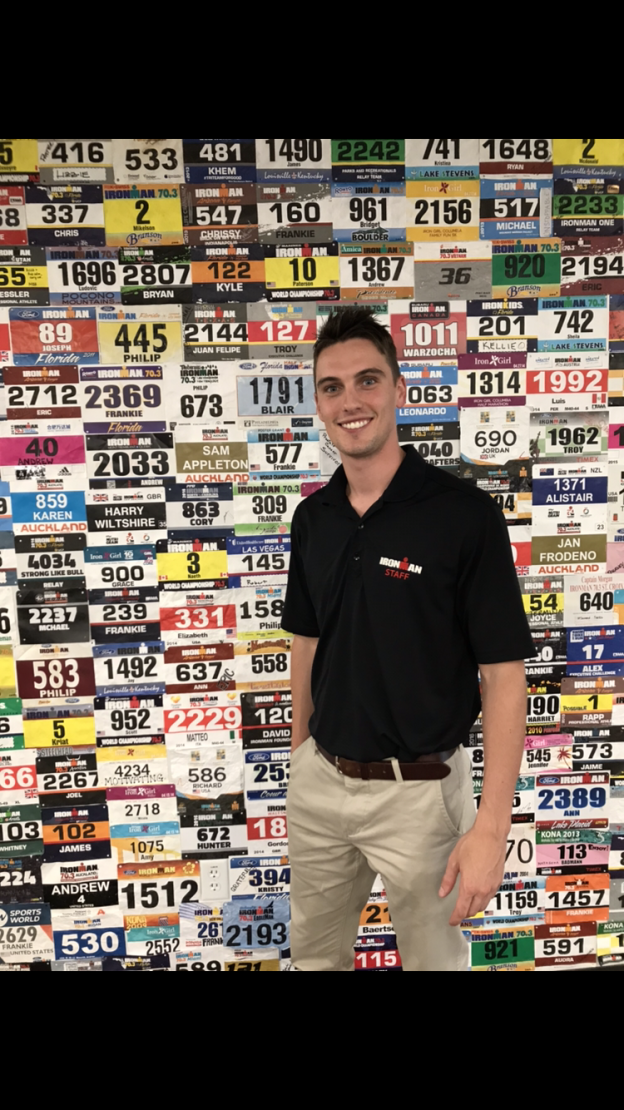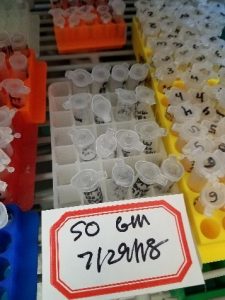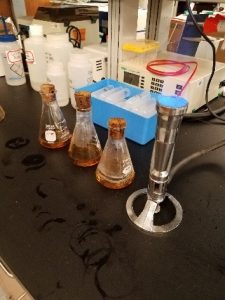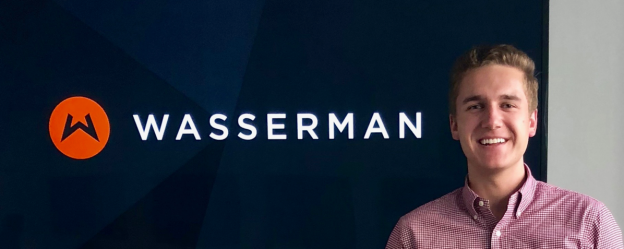Well, 8 weeks flew by. Summers always do move at a rapid pace, but this particular summer seemed to move even faster. My time at the Everhart Museum in Scranton, PA, left a lasting impression in my heart and opened up new worlds that I could explore with the degree I am working toward. As an “art major”, I have been learning to hone my painting and drawing skills by some very fine artists\teachers in our area, and while at the Museum, I was able to put some of that knowledge to work. The highlight of my 8 weeks there, however, was when I was asked to help with condition reporting on the Museum’s textile collection. Since I was about 10, I have been spinning wool and knitting\weaving garments, so this was a big day for me. I quickly agreed to help, and off we went. My favorite piece was a Civil War-era cotillion dress, which was handmade (most clothing was back then). I got an up close and personal look at hand-stitching and hand-made lacework, and I could just imagine the young woman who would have worn the dress to her summer dance in the south. Not only was I able to put my art background to use, but I made lasting connections at the Museum, and I cannot wait to visit with my friends there again. It was bitter-sweet to leave, but I will always hold the memories in a special place in my heart.
Jordan Oakey
Liberal Studies with concentrations in Studio Art, Art History, and Education Theory

